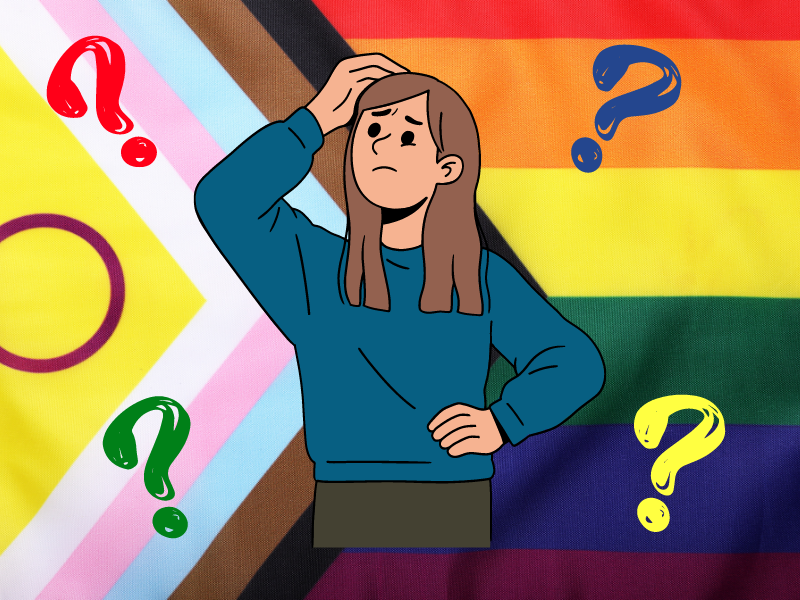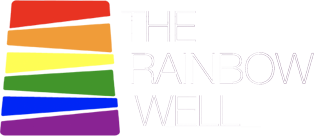Understanding 2SLGBTQIA+ 101
You have decided to take the journey and learn new understanding about 2SLGBTQIA+ identities, but how are you going understand it all, let alone get all the letters right? Don’t worry, we’ll help you understand how to approach these questions, give you some working definitions, and highlight some areas of special importance.
In this section we will learn about:
- Postures for Learning
- What is 2SLGBTQIA+?
- Trans & Non-Binary Identities

Postures For Learning
Perhaps the best posture to hold when approaching a difficult and complex topic is to be curious. Being curious not only allows us to ask questions we might not otherwise ask and hear answers why might otherwise not be willing to hear, it is also an act of vulnerability. Being willing to take the risk of curiosity is a critical first step to understanding and connection.
Listen to Dr. Julie Pham explain how we can foster curiosity as a practice:
For many of us, the journey this 101 will guide us on will be difficult, uncomfortable, and challenging. Starting with the right posture- a posture of humility, curiosity, and openness– will help make that journey easier.
What is 2SLGBTQIA+?
When exploring gender and sexuality, one of the most common things you will notice is the use of initialisms to represent the various identities represented outside of cisgender & heterosexuality. At the Rainbow Well, we try to use 2SLGBTQIA+, meaning: Two Spirit, Lesbian, Gay, Bisexual, Transgender, Queer or Questioning, Intersex, and Asexual, with the “+” signifying the inclusion of other identities not specifically mentioned.
We choose to put 2S first to acknowledge that indigenous expressions of sexual and gender minorities predate (and often stand apart from) the concepts of LGBTQIA+ as we understand them. It is also done in solidarity to the work of anti-colonialism.
However, it should be noted that there are many different initialisms that people use for various reasons. Don’t let this confuse or overwhelm you. It simply reflects the diversity of perspectives, contexts, and emphasis. Here’s a quick and easy primer:
The Rainbow Well use the following simple definitions for 2SLGBTQIA+ identities to help you get started. Of course, there are going to be many more terms that might be entirely new to you. While these terms often change in meaning, shift with context, and more terms are added regularly, The Rainbow Well has created a glossary of terms that you might find helpful to have on hand as you explore. Open/download it here.
Trans & Non-Binary Identities
While no one identity or expression is more important than another, often some groups experience more risk and threat than others. In our current social climate, this is sadly true for transgender and non-binary folks. Recent trends indicate a concerning rise in anti-transgender and nonbinary discrimination. This upsurge is evident in various forms, including legislative efforts aimed at restricting the rights and public participation of transgender and nonbinary individuals.
Alongside this, there has been a notable increase in both organized and spontaneous acts of violence against these communities. This escalation in discrimination and violence underscores the growing challenges and risks faced by transgender and nonbinary people.
Thus, we want to give some special attention to understanding these unique and beautiful identities here. Take a few minutes to watch this introduction to the realities of sex and gender:
How does gender relate to being a Christian? The answer to that is as varied as the number of people who have taken that journey. However, listen to one transgender Christians journey for a perspective on faith, gender, and sexuality:
Want to go deeper? Here are some key resources to explore:
“Transforming: The Bible and the Lives of Transgender Christians”
by Austen Hartke
“In Transit: Being Non-Binary in a World of Dichotomies”
by Dianna E. Anderson
“Transgender, Intersex, and Biblical Interpretations”
by Teresa J Hornsby & Deryn Guest
Ready for the next step? Tap here for the next step in your 101 journey!

